
Review: DJI Ronin 4D Camera-gimbal Combo
Published 13 March 2025 by MPB
Equipped with the Zenmuse X9, DJI’s flagship full-frame camera, the versatile DJI Ronin 4D features quite a few upgrades from previous versions. Our review will walk you through these features and show you how to use the cine camera–stabiliser gimbal combo. If you’re looking for a camera–gimbal combo to shoot fully stabilised video footage, then the DJI Ronin 4D is well worth considering. Watch the video below, or read on to learn more.
We were excited to get our hands on the DJI Ronin 4D-6K, which we paired with the Sony FE 35mm f/1.4 GM lens. Overall, we were definitely impressed with the DJI Ronin 4D. The stabilisation, image quality, control and setup process were all almost too good to be true.
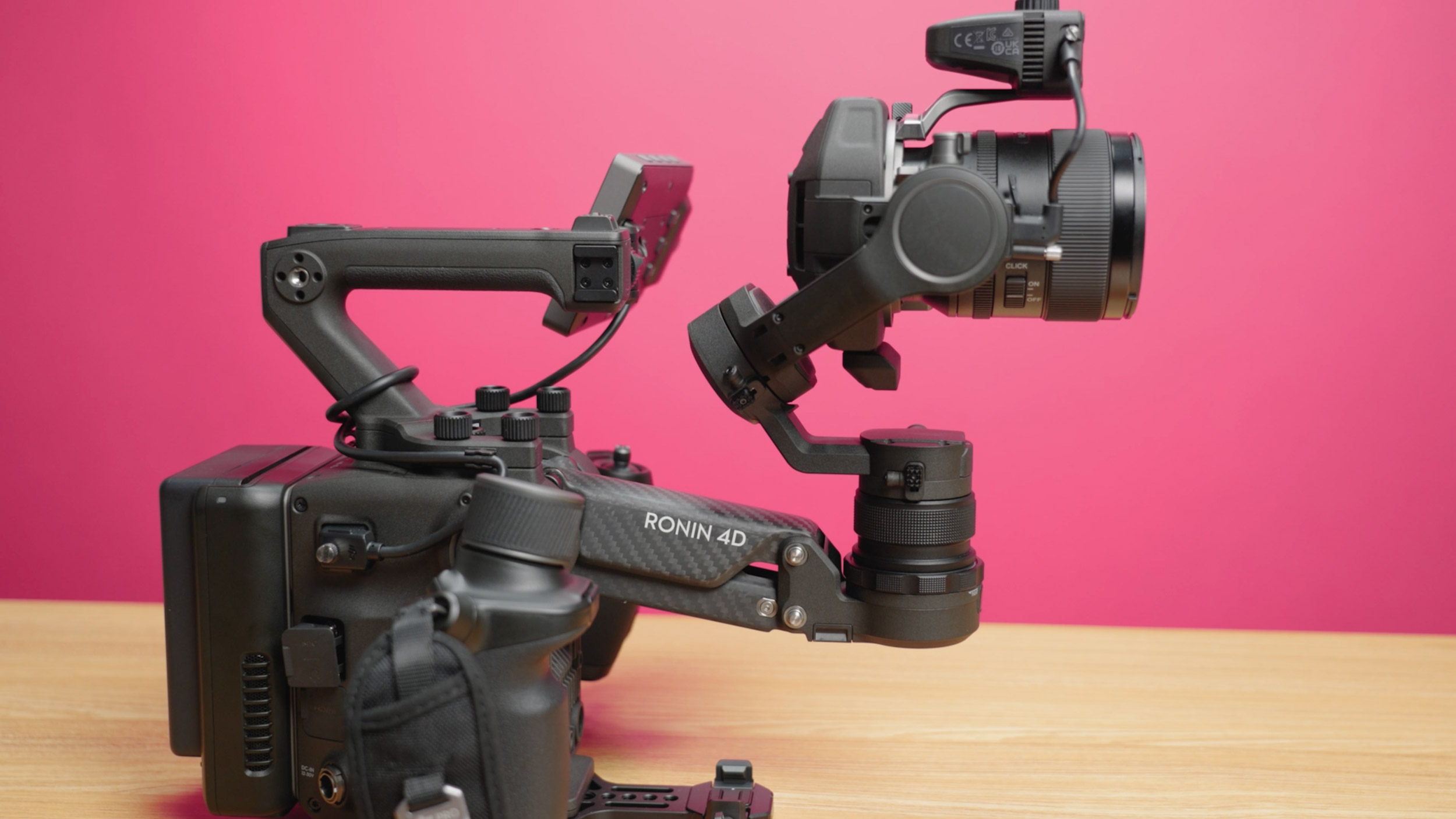
The Ronin 4D has four-axis stabilisation, with three-axis stabilisation in the gimbal. Switches on the side of the body provide features including a gimbal lock mode which locks the lens orientation. Enabling FPV mode ensures all three axes follow and stabilisation mode provides extra vertical stabilisation. Pressing and holding the trigger on the right-hand grip will lock the z-axis, a helpful tool when shooting something with limited pan movement. You can customise these settings as well as auto-tune and calibrate your gimbal in the camera's menu.
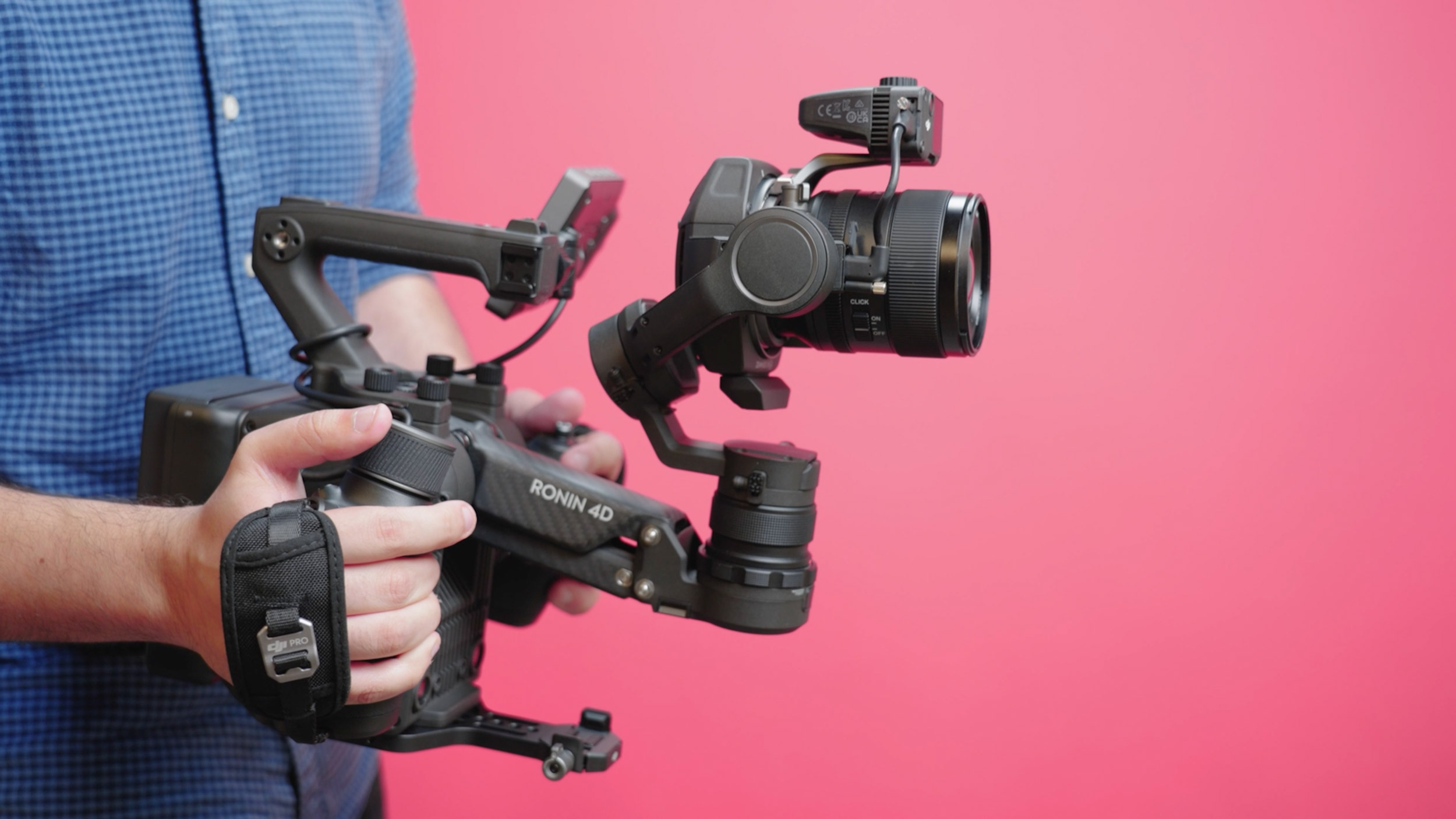
But, before anything, some balancing needs to be done on the gimbal's tilt axis and pan access. After balancing the tilt and pan axis, you should also balance the z-axis. Reference the menu to know what adjustments need to be made to the z-axis knob. Once balancing is complete, you should auto-tune your gimbal.
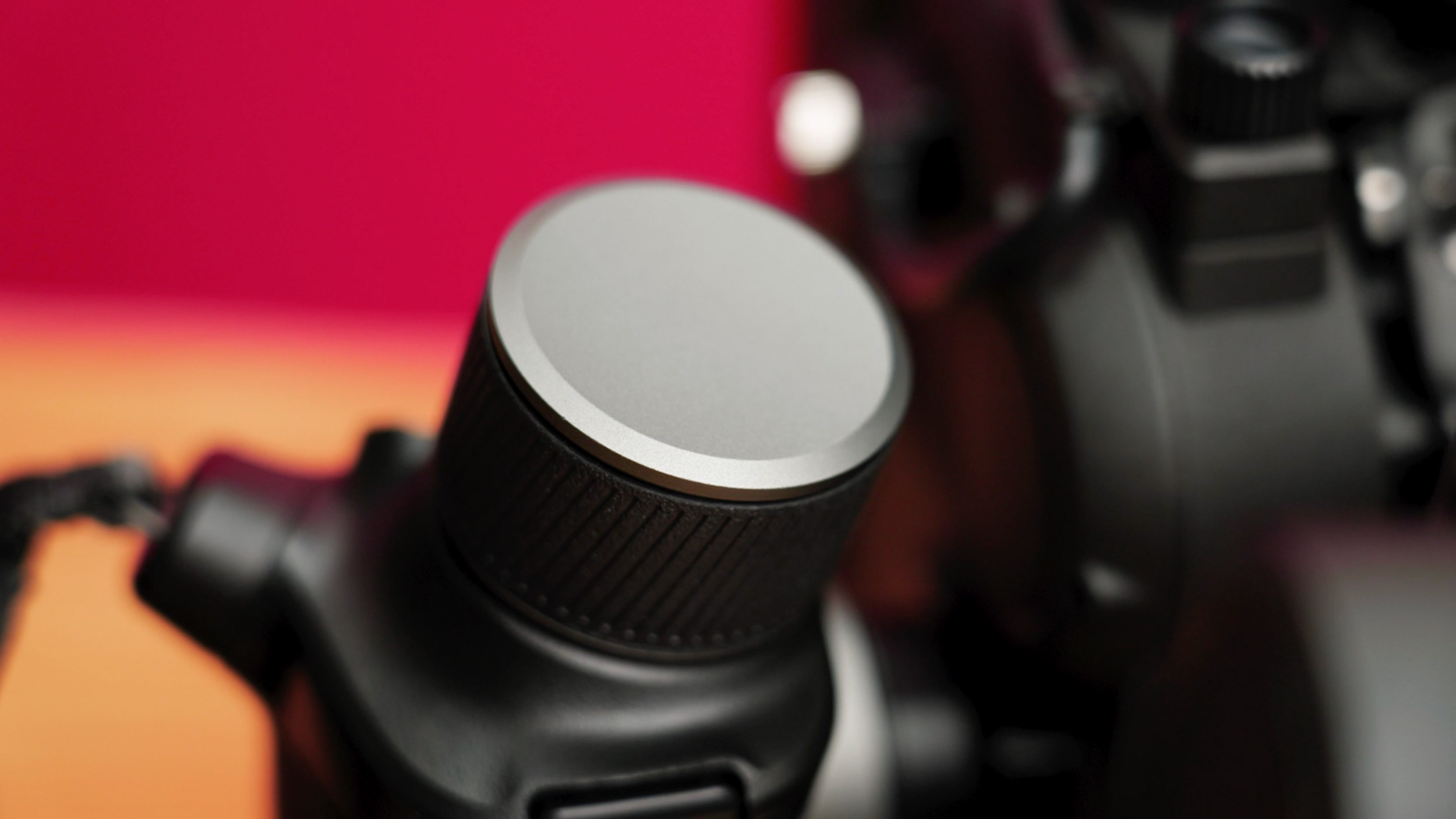
The Zenmuse X9 6K camera comes equipped with a DL lens mount, but alternate mounts are also available. If you want to swap it out, you can capture full-frame video from 2K at 120 frames per second up to 6K at 60 frames per second. Both using ProRes 4:2:2 HQ. You can record video in D-LOG for colour grading in post, but there are also several LUTs and other colour settings you can choose from, including Rec 709.

The Ronin 4D side handles are essential and versatile tools. The camera's right-hand grip has a record button as well as a focus wheel. Its left-hand grip features a full-range joystick to adjust pan and tilt. The DJI Ronin 4D has a built-in 5.5–inch 1920x1080 touchscreen monitor. From this monitor, you can make any and all necessary adjustments.
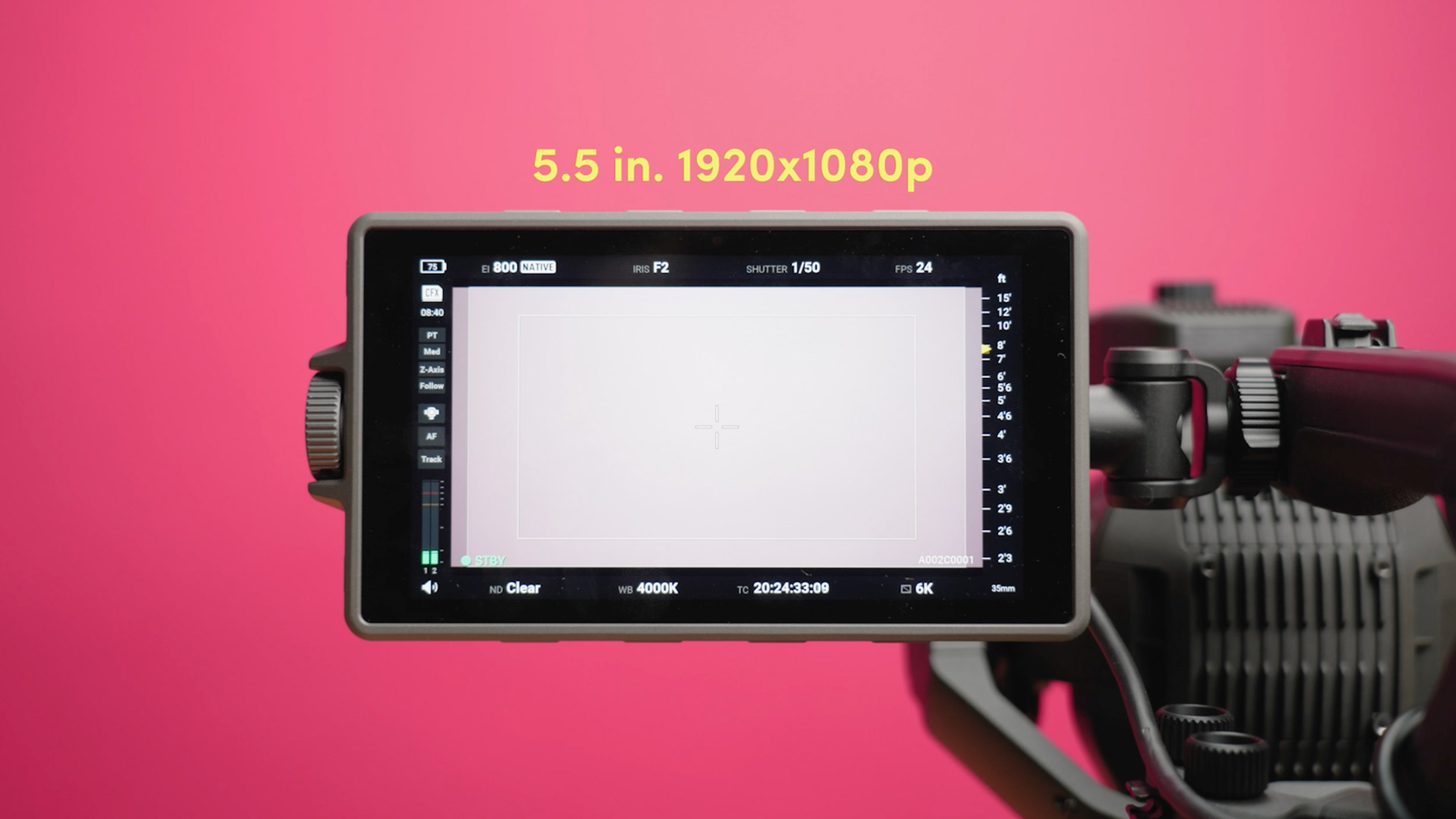
When lighting conditions change quickly, a range of built-in ND filters makes it easy to adjust on the fly. The camera’s autofocus provides excellent focus, even with motion blur present. Using continuous autofocus with Active Track Pro, you can keep your subjects in focus while the camera also tracks their movements.
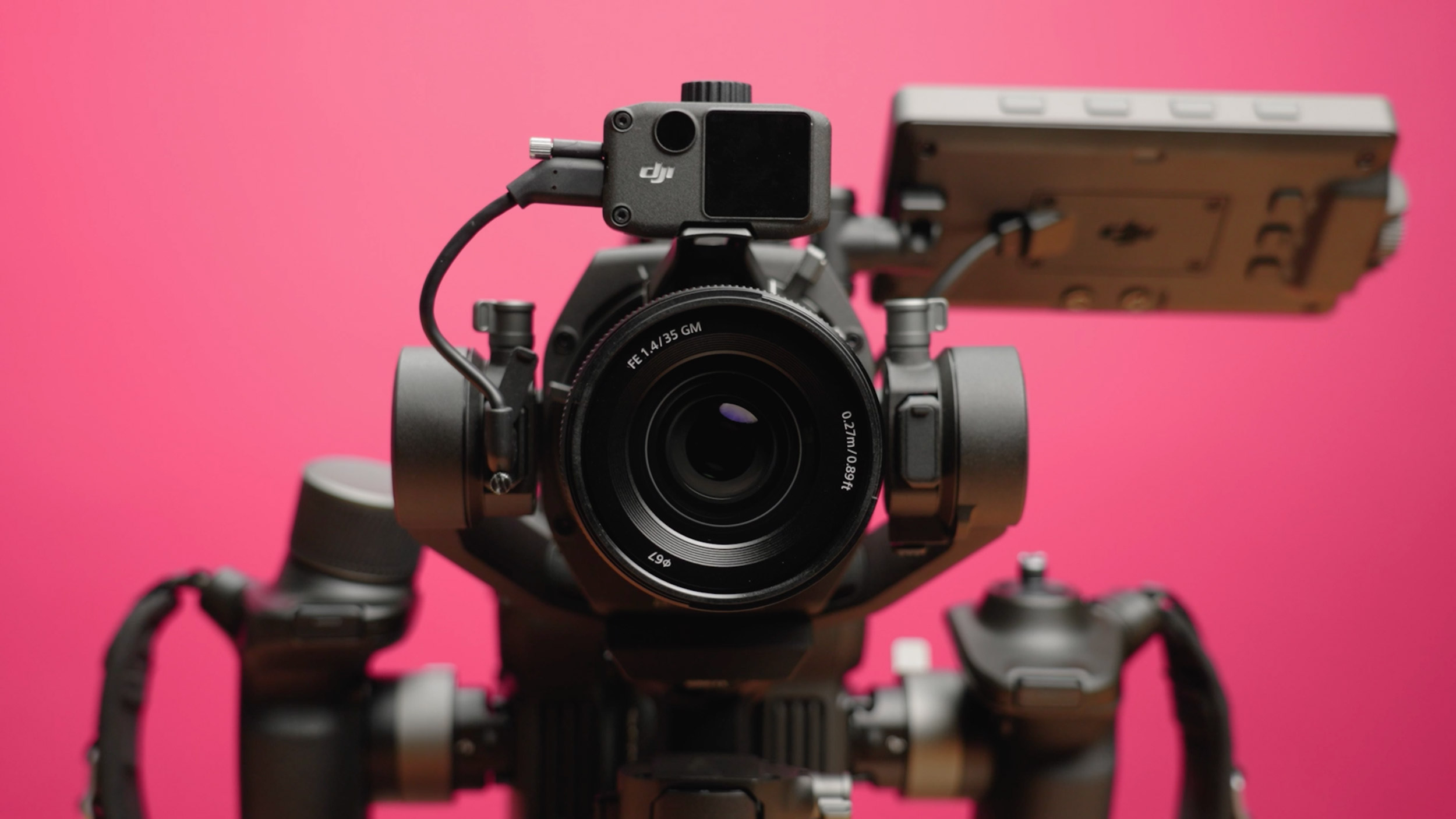
Active Track Pro provides continuous autofocus with composition adjustments, making it easy to take professional shots from the start. If you prefer a manual approach, you can switch to manual focus. Or you can try AMF mode, which essentially allows you to make quick focus adjustments while still enabling autofocus.
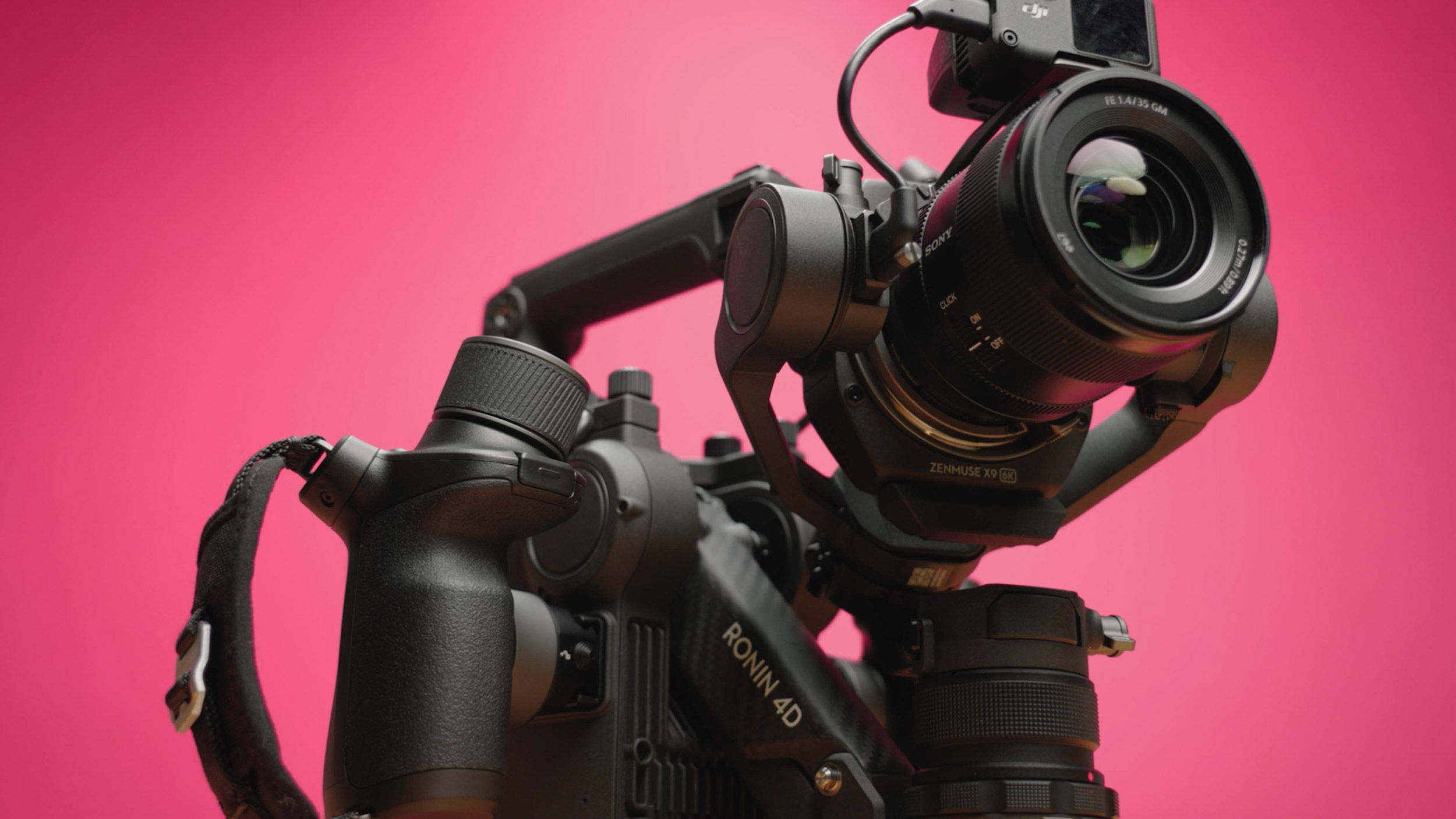
The Ronin 4D features 800 or 5000 dual-native ISO with EI 200 to 12,800 Its 14+ stops of dynamic range are perfect for all light conditions. The light detection and ranging system use a max of 43,200 ranging points within a 33-foot [30m] range. This intuitive system, also known as Lidar, is ideal for low-light focus. Its built-in depth meter also makes it possible to view focus pulling.
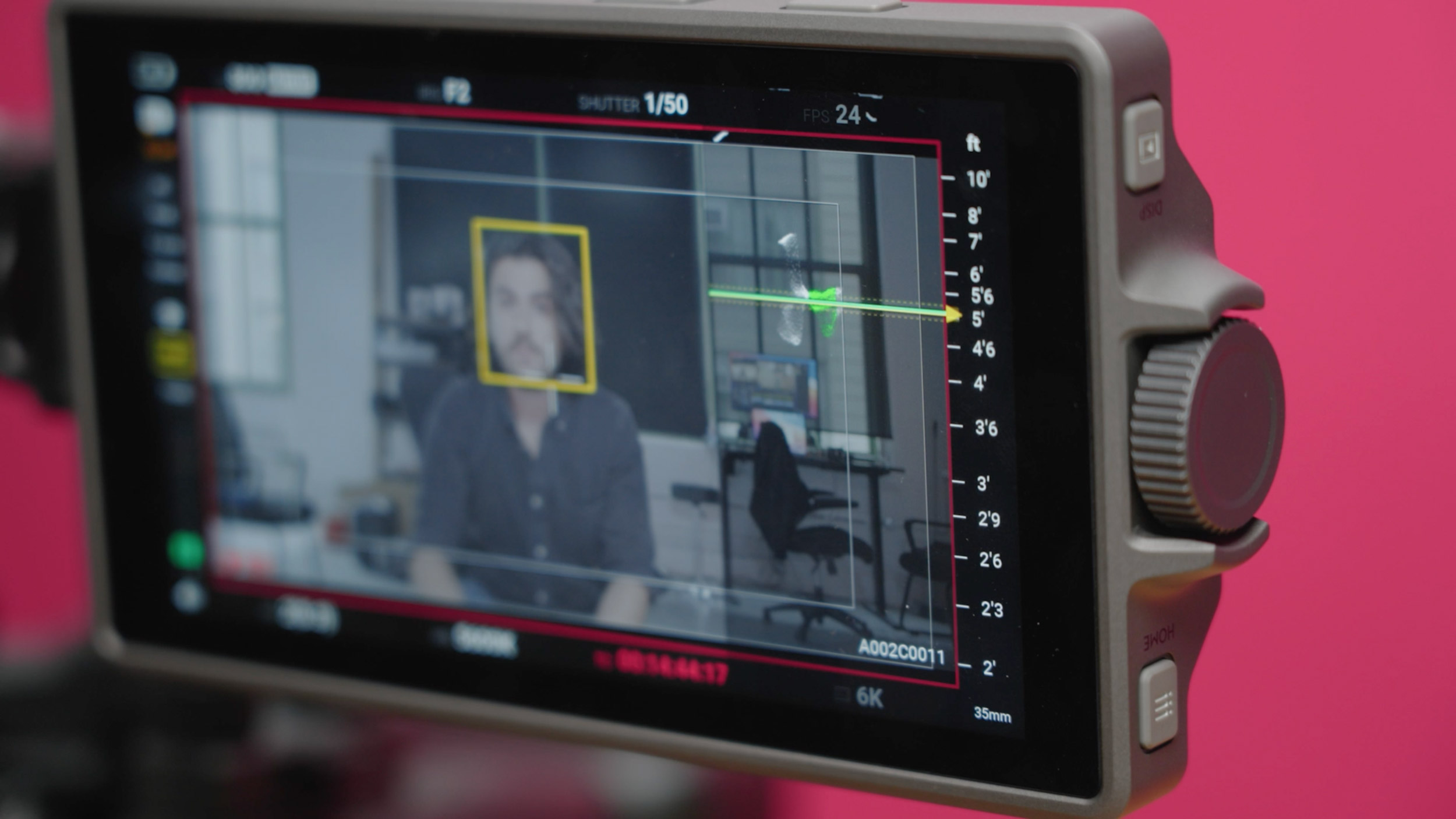
Graphically stereo microphones are integrated for recording dual channel 24-bit audio and you can find a built-in 3.5mm audio input port. The Ronin 4D uses TV-50 intelligent batteries. Each provides up to 2.5 hours of capture time and can be charged in roughly 1.5 hours. Overall, we found the Ronin 4D to be a powerhouse of a cine camera.
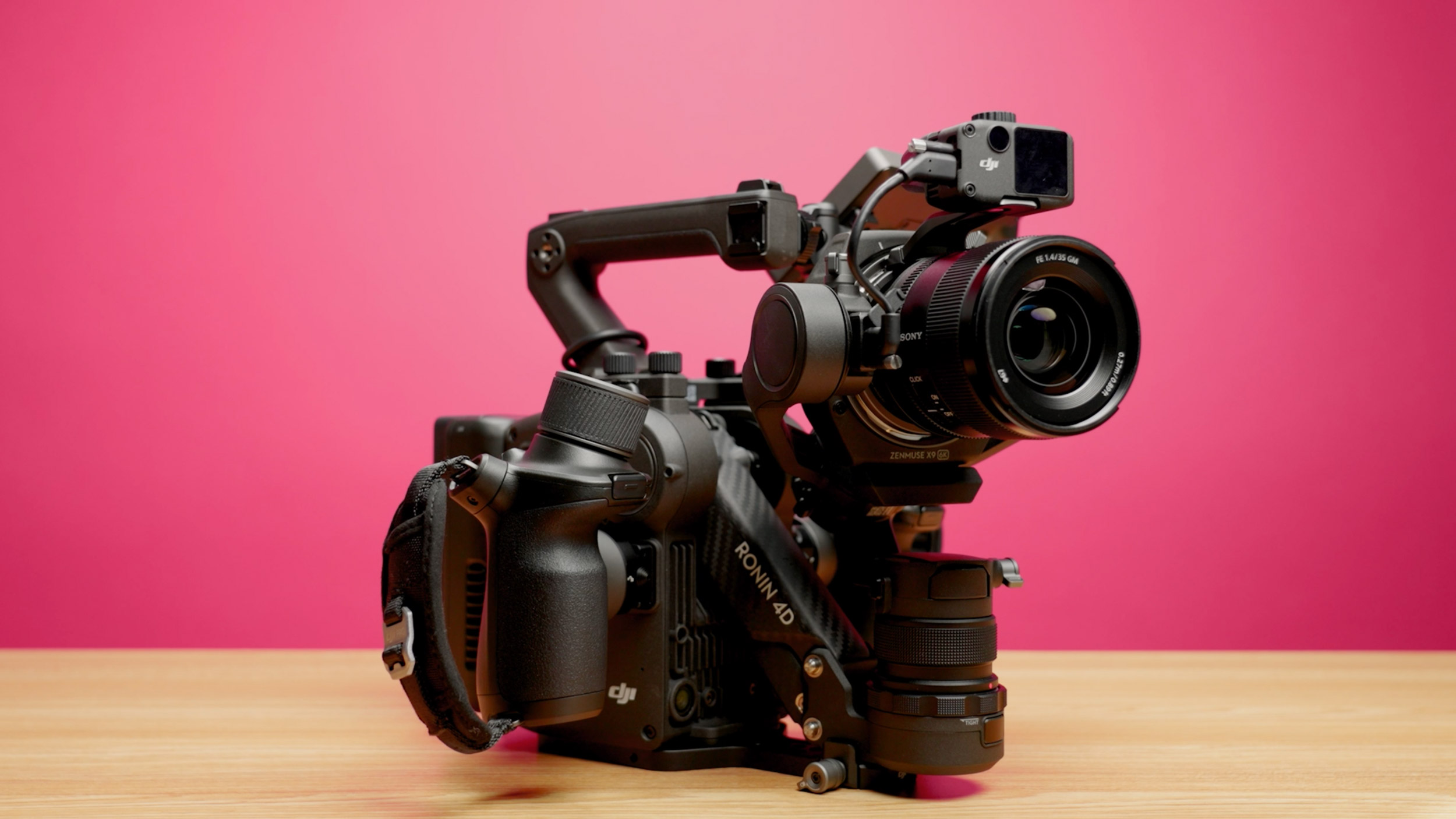
Interested in cine cameras? Read our article rundown of the best cinema cameras and more on the MPB content hub.
You can sell or trade your camera kit to MPB. Get a free instant quote, get free insured shipping to MPB and get paid within days.